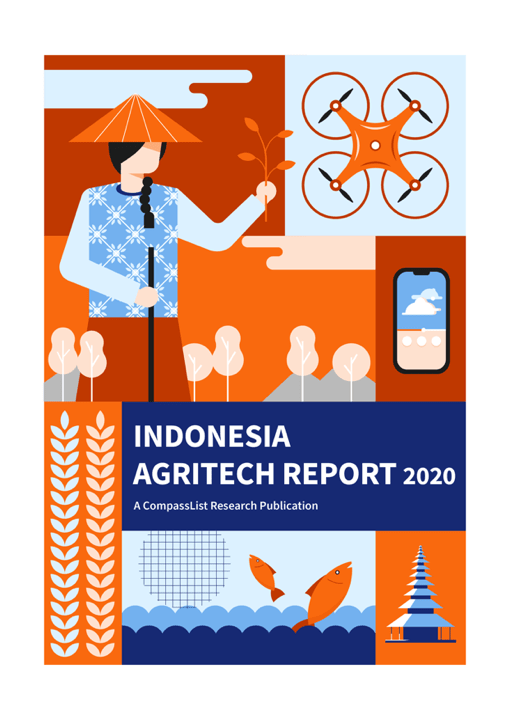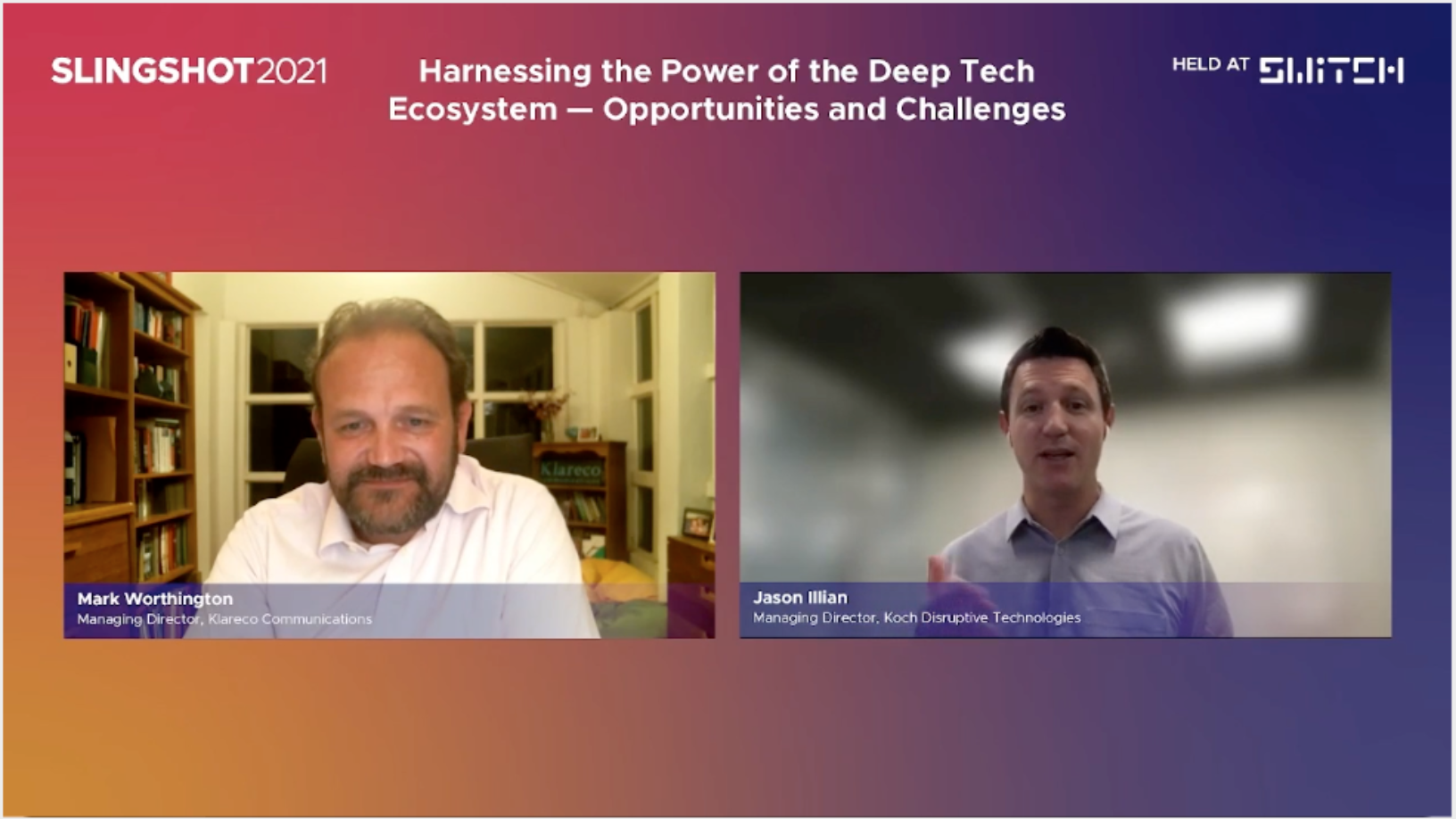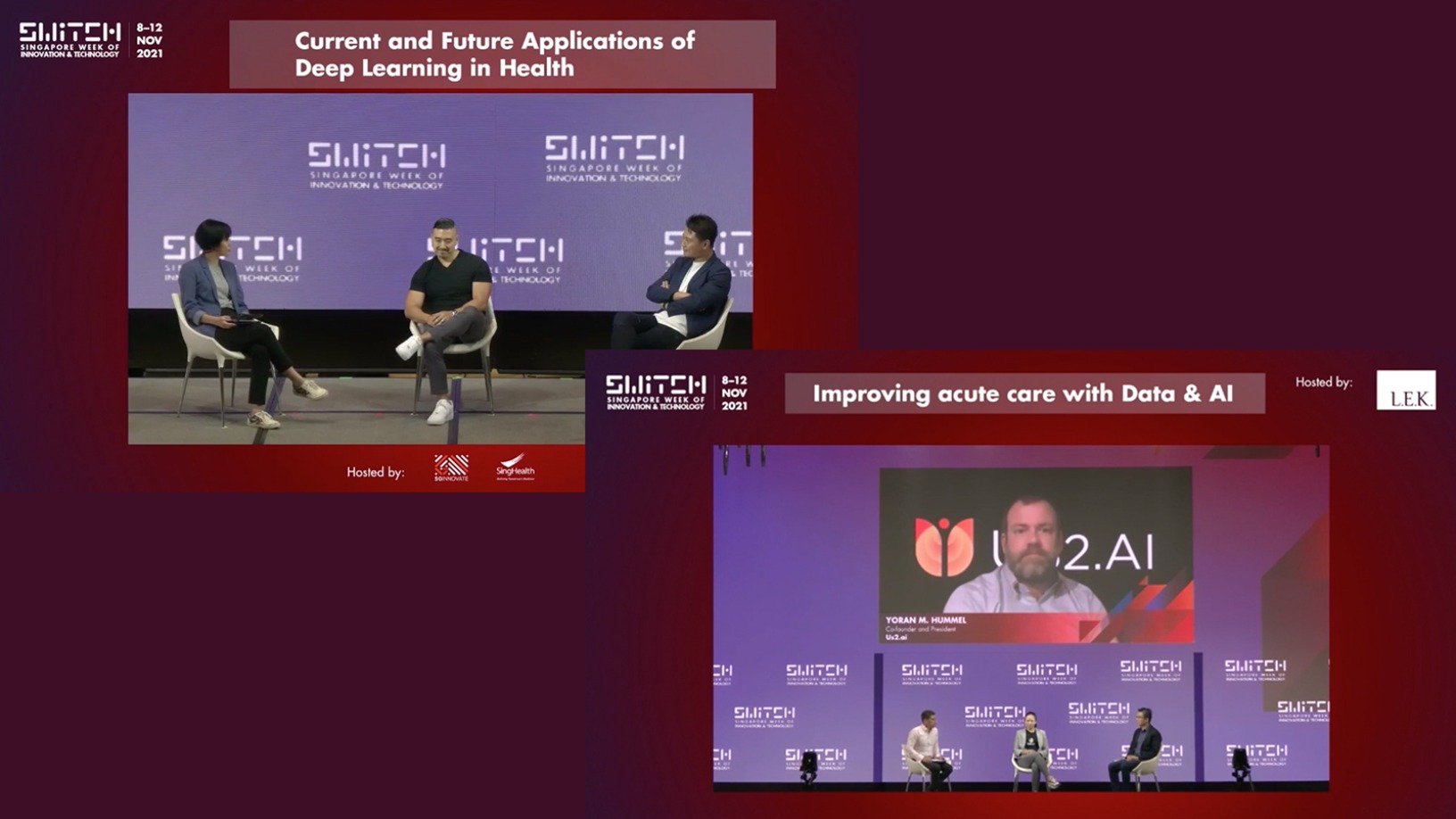The clean meat industry has come a long way since the first lab-grown burger patty was unveiled in 2013. In December 2020, Singapore’s food regulators approved lab-cultivated “chicken bites” produced by Eat Just for commercial sale, a world first. More companies in the space might follow, thanks to the injection of $366m into the cellular meat industry last year.
Johannes Le Coutre, a professor researching food and health at the University of New South Wales (UNSW) in Australia, welcomed the excitement in the sector. In a panel discussion titled “Clean meat: are we getting it right?” at the Future Food Asia 2021 conference this week, Le Coutre likened the development of cultivated proteins, or “cellular agriculture,” to a “second domestication” of animals.
“Cellular agriculture is essentially cultivating only the edible parts of the animals we’re already eating,” Le Coutre said, referring to the many parts of the animals we cultivate for food that are not eaten.
Le Coutre worked at Nestlé for 19 years before joining academia to get involved with the research to advance the cellular agriculture industry. He believes the industry urgently requires more fundamental research on cellular agriculture.
Hype is good, but don’t oversell
With companies like Eat Just raising millions of dollars in private capital and government funding, it is hard not to get excited about the potential of cultured meat and cellular agriculture. The hype can be a good thing, Le Coutre said, as it attracts the support and funding the industry sorely needs.
The industry urgently requires more fundamental research on cellular agriculture
“Hype builds expectations, and it creates the fear of missing out (FOMO). In turn, FOMO attracts venture capitalists and creates investment,” he said. However, scientists, startups and all others involved in the cellular agriculture industry must carefully manage expectations. Le Coutre warned against “overselling” new technologies, as it often leads to disappointment.
He gave the hypothetical example of a company releasing a product branded as “cultivated meat,” even though most of its components are plant-based. “That will cause damage, first to your reputation and then eventually the reputation of the entire field.”
Le Coutre added that based on his experience in the conventional food industry, “nothing useful is made” in the first five years of research into a new product. As such, stakeholders in the cellular agriculture industry should expect a similar, if not a longer, timeframe for companies to produce market-ready products at scale.
“When I see pictures of massive herds of cattle, I think about how many companies are promising they can achieve that scale of production in bioreactors. I think we need to be more realistic about the timeframe at which this can be achieved.”
The three Ds
Le Coutre divides the process of bringing cellular agriculture products to the market into a three-step process: "Discover, Develop, Deploy.” The discovery process involves fundamental research into the properties of cellular meat and how it can be produced using efficient stem cell lines. Much of the research is still ongoing, Le Coutre said, and the process requires extensive expertise, resources and time that may not be available for most startups.

The development stage, Le Coutre explained, involves research on the processes required to manufacture and sell the product at scale. This involves designing the optimum bioreactor that can efficiently cultivate and produce meat and other aspects of manufacturing like packaging and factory design. He reiterated that before companies focus their efforts on bioreactor design, they should make sure they have a robust and efficient cell line that can be cultivated into meat products.
The deployment stage refers to the preparations for selling the product. This includes safety and regulatory compliance, research into consumer markets, building up efficient supply chains, and engaging stakeholders, including traditional meat farmers, to ensure a smooth launch.
Le Coutre paid particular attention to the discovery stage of research and the limited amount of fundamental research in the field. Muscle cell lines have been successfully cultivated in labs to produce “lab burgers'', but more research is required to make real meat. For example, researchers still need to cultivate fat-storing cells that give high-quality beef its marbled texture, and they must also find the type of cell growth scaffold that can give the end-product the familiar shape and texture of beef.
Researchers still need to cultivate fat-storing cells that give high-quality beef its marbled texture
“This is the work of five university departments, maybe more,” Le Coutre said. “The dream of creating beef in labs cannot be achieved overnight," added Le Coutre, who was attracted to a role in UNSW instead of starting his own cell agriculture venture because a university environment is better for fundamental research.
“If I need a cell sorter, I can just go to another room [in UNSW] and use one of many machines available; the same goes for mass spectrometers and 3D printers,” he said. These machines, he added, can be too expensive or cumbersome for a startup to obtain.
Food safety, the baseline
Turning to the topic of regulations, moderator Bianca Lê, the executive director of Cellular Agriculture Australia, and Le Coutre agreed that Singapore’s approval of Eat Just’s cultivated chicken meat resulted from “pioneering work" that will spearhead the clean meat movement.
Food safety must come first, he added, and this is a baseline that regulators can establish to ensure the quality of cultured meat products. “We need to make sure there is more scrutiny in the process, so we don’t have people making stuff in their backyard and selling them the next week,” he said.
To a question from the audience about the nutritional profile of cultured meat, Le Coutre said it is “entirely in our hands.” With lab-cultivated meat, it is possible to develop personalized food that caters to different needs. However, it requires a concerted effort from regulators, scientific institutions and startups to ensure the safe and efficient development of such products.
The panel discussion also covered the environmental impact of clean meat. Lê referred to the updated mission statement of New Harvest, a US-based cultured meat research organization, which says: “We must acknowledge that positive impacts are not innately built into the advancement of technology.”
Le Coutre agreed, saying nonprofits like Cellular Agriculture Australia and New Harvest and other private and public stakeholders share important roles to ensure that research into alternative proteins and clean meat leads to positive environmental outcomes.
“We see a slight dent in the consumption of livestock now, and this will be even more important in the future, with the greenhouse gas emissions, arable land and water use management issues [that come with livestock farming]. We all hope to see an improvement in the curve through our research into cellular agriculture.”
CompassList is an official media partner of Future Food Asia 2021











